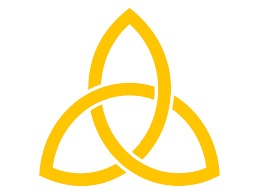Glaucoma specialist In Thane ?
Glaucoma Specialist in Thane, Kalyan , Many times it can be confused with a cataract which also manifests as a painless, gradual loss of vision. The difference is that in the case of cataract, the loss of vision is fully recoverable using a simple surgery called Phaco.
Our eyes contain a clear fluid called aqueous humor, which is continuously produced in the eye to bath and nourish the structures inside it. The fluid normally drains out of the eye through drainage canals in a fine meshwork located around the edge of the iris (the colored part of the eye that surrounds the pupil). In people with glaucoma, the fluid fails to drain due to some defect and thus increases the pressure inside the eyes called raised Intraocular Pressure (IOP) (or Tension).
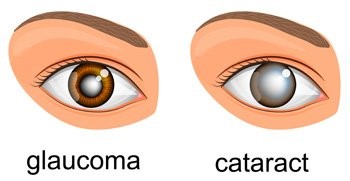
Who is at a Risk for Glaucoma?
Anyone can develop glaucoma. Some people are at higher risk than others. They include:
- Everyone over the age of 40 yrs.
- People with family history of glaucoma.
- Diabetics
- People with near sightedness (Myopia) for open angle type and far sightedness (hyperopia) for close angle type
- People with Hypertension
- People with Migraines
Symptoms



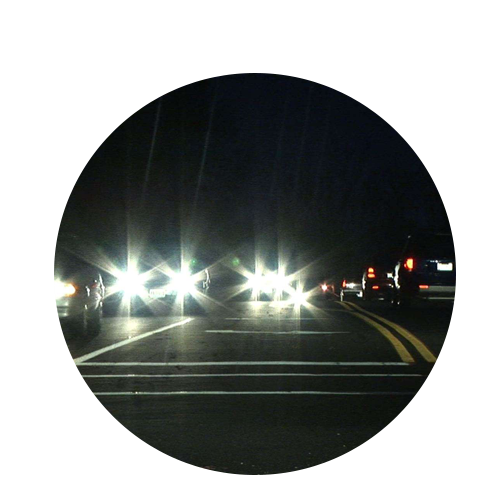

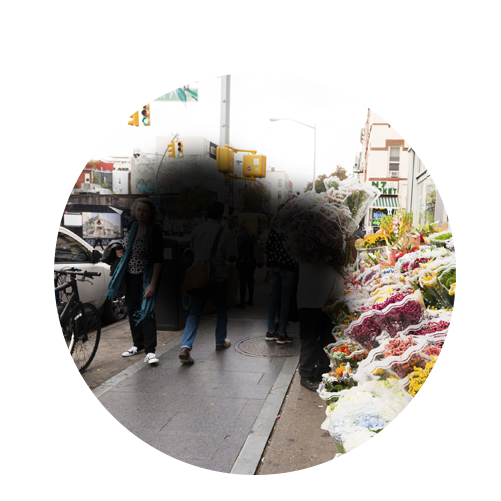
Advanced Technology & Diagnostic Tools
Our state of art technology suite provides timely diagnosis & better outcomes for your visual health.
• HUMPHREYS VISUAL FIELD ANALYSER
• I CARE TONOMETER
• APPLANATION TONOMETER
• OPTICAL COHERENCE TOMOGRAPHY
Treatment Options
Restore your vision & restore your life with the most modern Glaucoma management options available today.
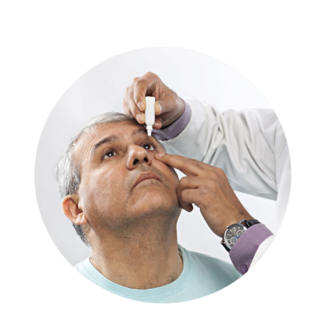

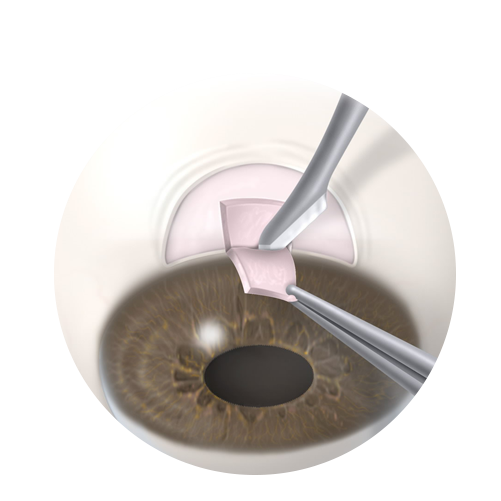

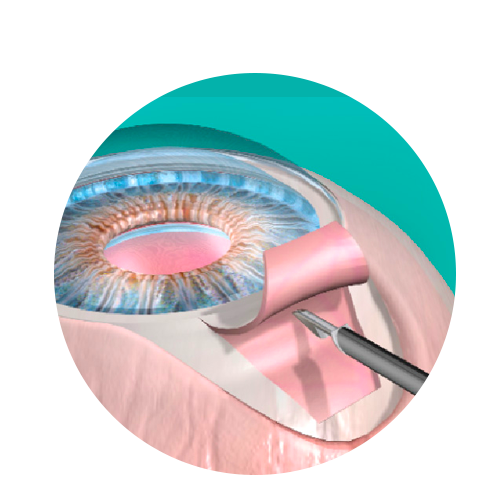
Glaucoma: The Silent Threat to Vision
Glaucoma is often referred to as the “silent thief of sight” for good reason. It is a group of eye diseases that gradually damage the optic nerve, the critical connection between the eye and the brain, leading to irreversible vision loss. What makes glaucoma particularly alarming is its subtle progression. Many people may not realize they have the disease until significant damage has occurred because glaucoma can develop without noticeable symptoms. By the time vision loss becomes apparent, the damage is often permanent, making early detection vital.
What Causes Glaucoma?
At the core of glaucoma is increased pressure within the eye, known as intraocular pressure (IOP). The eye constantly produces a fluid called aqueous humor, which flows in and out of the eye. If this fluid doesn’t drain properly, pressure builds up, causing damage to the optic nerve. This damage affects the peripheral vision first, and if left untreated, it can progress to total blindness.
There are two main types of glaucoma:
Open-Angle Glaucoma: This is the most common form of glaucoma and develops gradually. The drainage angle between the iris and cornea remains open, but the trabecular meshwork (the eye’s drainage system) becomes less effective over time. This leads to a slow increase in eye pressure. Open-angle glaucoma is painless, and the gradual vision loss often goes unnoticed until significant damage has occurred.
Angle-Closure Glaucoma: This is less common but more severe. In angle-closure glaucoma, the drainage angle is blocked, causing a rapid increase in eye pressure. Symptoms can include severe eye pain, nausea, headaches, blurred vision, and halos around lights. Angle-closure glaucoma is a medical emergency and requires immediate treatment to prevent permanent vision loss.
Risk Factors for Glaucoma
Certain individuals are at a higher risk of developing glaucoma, including:
- Age: People over 60 are at higher risk.
- Family History: If glaucoma runs in your family, your risk is higher.
- Ethnicity: African Americans, Hispanics, and Asians have a higher risk of certain types of glaucoma.
- Medical Conditions: Conditions such as diabetes, high blood pressure, and heart disease can increase the risk.
- Prolonged Corticosteroid Use: Extended use of corticosteroid medications can lead to an increased risk of glaucoma.
Treatment and Management
While there is no cure for glaucoma, it can be managed effectively with early diagnosis and treatment. The goal of treatment is to lower intraocular pressure and prevent further damage to the optic nerve. Treatment options include:
- Medications: Prescription eye drops are often the first line of treatment and help reduce the production of fluid in the eye or improve drainage.
- Laser Therapy: In some cases, laser treatments can improve fluid drainage and reduce eye pressure.
- Surgery: For more advanced cases, surgical procedures like trabeculectomy or the implantation of drainage devices may be necessary.
The Importance of Regular Eye Exams
Because glaucoma can progress without noticeable symptoms, regular eye exams are critical for early detection. Eye care professionals can check for signs of increased eye pressure and optic nerve damage before vision loss occurs. It is recommended that adults over the age of 40, especially those with risk factors, have a comprehensive eye exam every 1-2 years.
Conclusion
Glaucoma may be a silent condition, but it doesn’t have to lead to blindness. With early detection, proactive management, and regular eye check-ups, you can protect your vision and maintain your quality of life. If you or someone you know is at risk for glaucoma, don’t wait—schedule an eye exam today and take control of your eye health.

